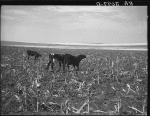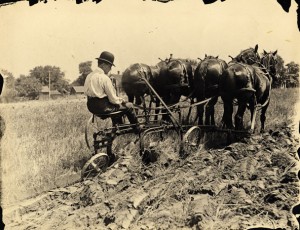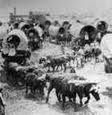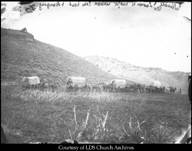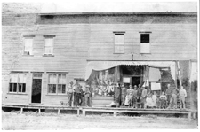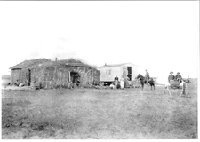People from the East did not always understand how dramatically different conditions were in the West. Without forests of trees, the wind blew unchecked across the plains. The land didn’t offer much in the way of building material–brick or wood homes were impossible dreams for early settlers. Instead, they had to dig into the land itself to build sod homes.
After settling on the land, pioneers discovered that insects (like grasshoppers) could wipe out their crops when devastating numbers of them arrived to feed. Settlers faced blizzards that were made worse because of the emptiness of the land. There were few neighbors for social networking or even practical assistance. The worst thing settlers discovered, was that 160 acres in the West was not the same as 160 acres in the East. That amount of land wouldn’t support them in the dry conditions they faced in the West. Many of the early pioneers abandoned their land and returned home.
________________________________________________________________________
